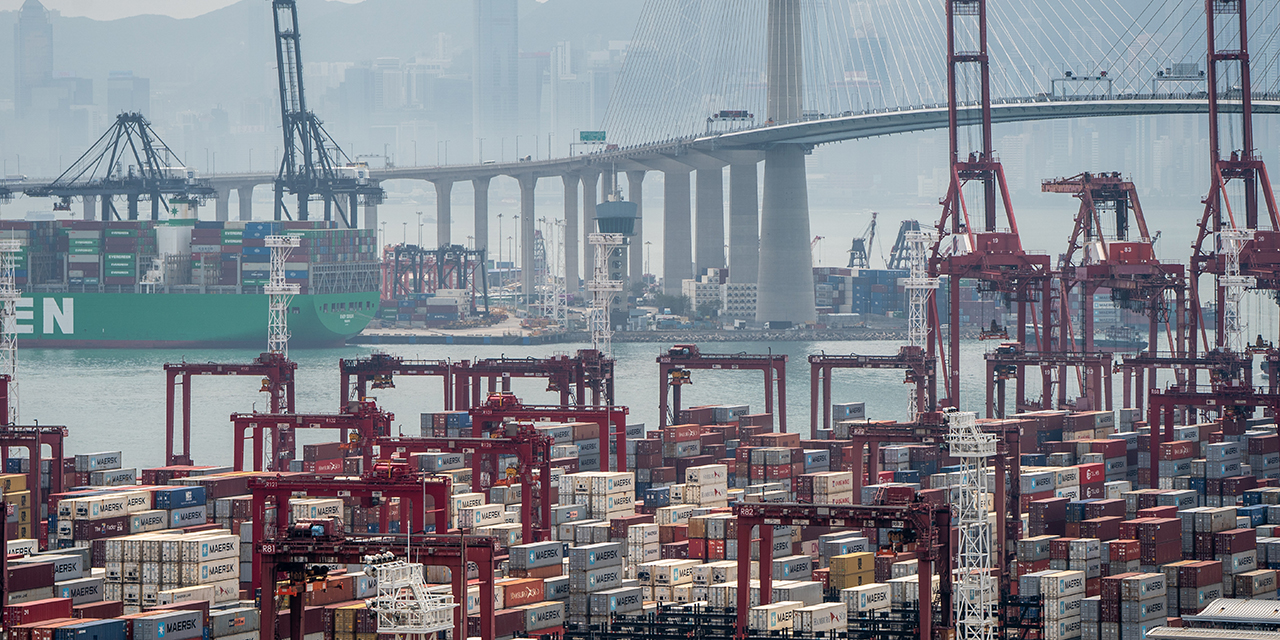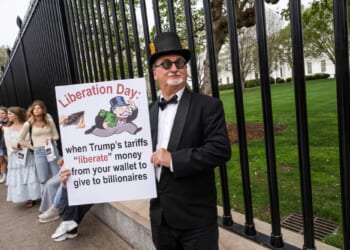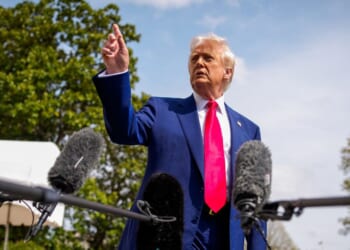
Behind all the drama of President Donald Trump’s tariffs lies the hope that they serve some clear purpose for American and global trade. But Trump’s signature inscrutability makes it hard to discern what that purpose is—or whether one even exists.
Either way, his actions threaten to unravel the global trading system that has been in place for the past 80 years. That unraveling would bring economic and financial pain—but also potential upside, given that the current system is ultimately unsustainable.
Finally, a reason to check your email.
Sign up for our free newsletter today.
The current system emerged from a set of relatively narrow foreign policy priorities in the years following World War II. Washington focused on rebuilding Europe and Japan after the war’s devastation. Part of that motivation was humanitarian—but more importantly, it was a strategic effort to use rising prosperity in those regions to counter the spread of Communism.
As part of this effort, the U.S. directed massive aid flows overseas, most famously through the Marshall Plan. To support industrial recovery abroad, Washington also allowed goods from Europe and Japan to enter the U.S. market with minimal restrictions, while permitting those nations to maintain tariffs and other protections for their fragile domestic industries. The dollar’s role as the world’s dominant trading currency—the so-called global reserve—further aided this arrangement by keeping the dollar strong. That, in turn, made foreign goods cheap for American consumers and U.S. exports more expensive abroad.
While the inequities in this arrangement disadvantaged American producers, they encouraged American consumption of the world’s output. This dynamic worked for a time, largely because the U.S. economy remained far stronger than those of Europe or Japan.
But as those economies recovered and grew, the system’s fundamental flaws became harder to ignore. By discouraging domestic production and encouraging consumption, it pushed the U.S. toward a persistent imbalance—consuming more than it produced. As foreign economies strengthened, the gap widened, and America’s trade deficit continued to grow.
At the same time, the dollar’s reserve status allowed the U.S. to borrow freely on global financial markets. This made it easy for Washington to finance ever-larger federal budget deficits, which in turn supported even more consumption beyond the nation’s productive capacity. The arrangement was fundamentally unsustainable.
The first attempted correction—likely inadvertent—came in 1971. That August, President Richard Nixon severed the dollar’s link to gold, triggering a sharp depreciation against the Japanese yen, the German mark, and other currencies. This abrupt shift upended long-established trade and financial norms, ushering in a period of economic turmoil. Yet despite the pain inflicted, Nixon’s actions failed to resolve the system’s unsustainability.
Because the dollar retained its reserve status, it remained—despite the depreciation—too strong relative to other currencies fully to correct the pricing advantage of foreign producers. Meantime, the inequitable tariff and trade structures established in earlier decades largely remained intact. Efforts to address these imbalances through the General Agreement on Tariffs and Trade (GATT) made only modest progress. Trade and budget deficits kept growing.
Trump’s tariffs represent yet another attempt—also probably inadvertent—to correct this unsustainable situation. By making foreign goods more expensive, the tariffs will force American consumers either to lower their standard of living or shift toward alternatives produced domestically. The pain involved in such a shift—especially after almost a century under the old system—can only be described as profound.
Producers among America’s trading partners will no longer enjoy easy access to U.S. consumers. To remain competitive, they’ll have to slash prices and accept thinner profit margins—or redirect goods to domestic markets that may not want them. That adjustment, too, will bring economic pain.
Trump has offered a 90-day delay before most of these adjustments take effect. He may yet step back from the brink. If so, the existing system will continue for a while longer, but its structural flaws will persist. Should he relent, the world might still find a less painful way to address those flaws—but not without considerable uncertainty and disruption along the way.
Photo by Vernon Yuen/NurPhoto via Getty Images
City Journal is a publication of the Manhattan Institute for Policy Research (MI), a leading free-market think tank. Are you interested in supporting the magazine? As a 501(c)(3) nonprofit, donations in support of MI and City Journal are fully tax-deductible as provided by law (EIN #13-2912529).
Source link















